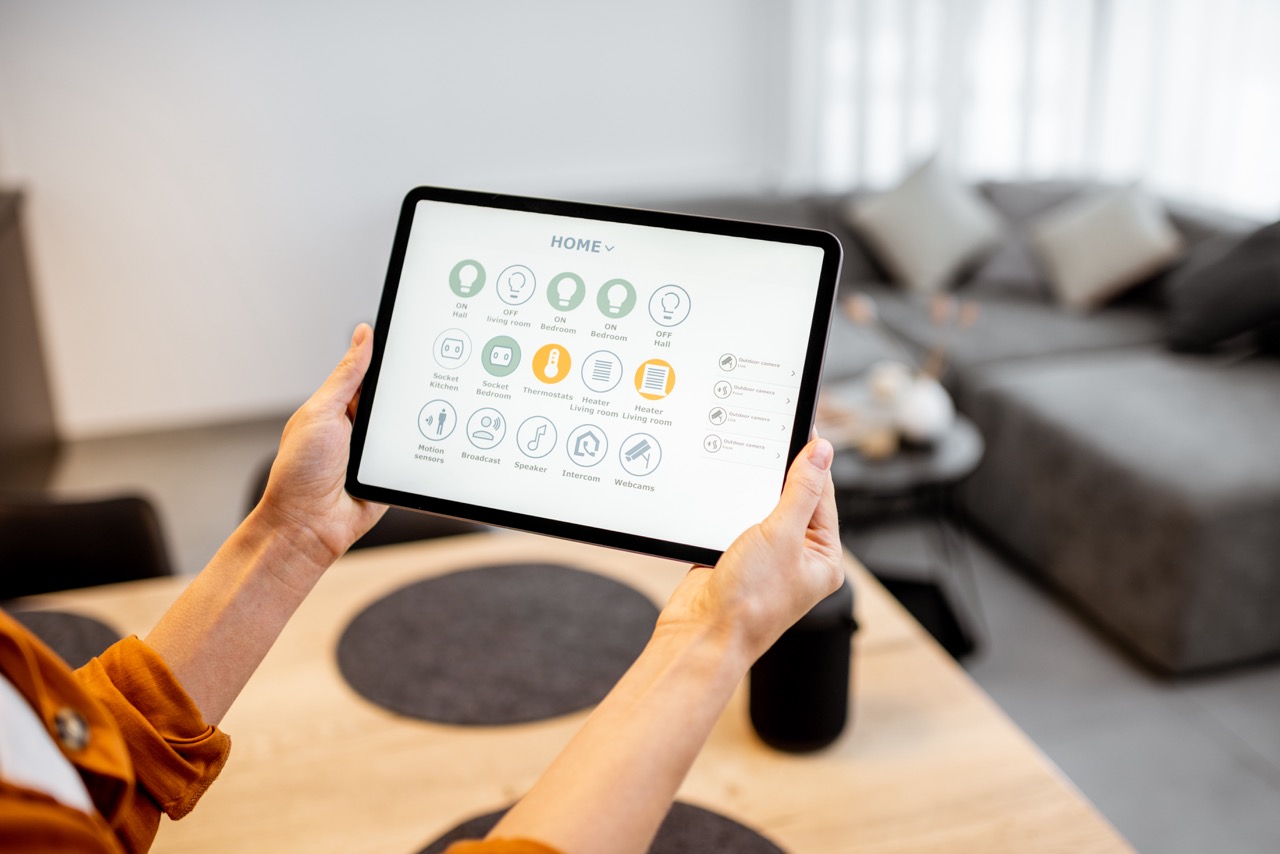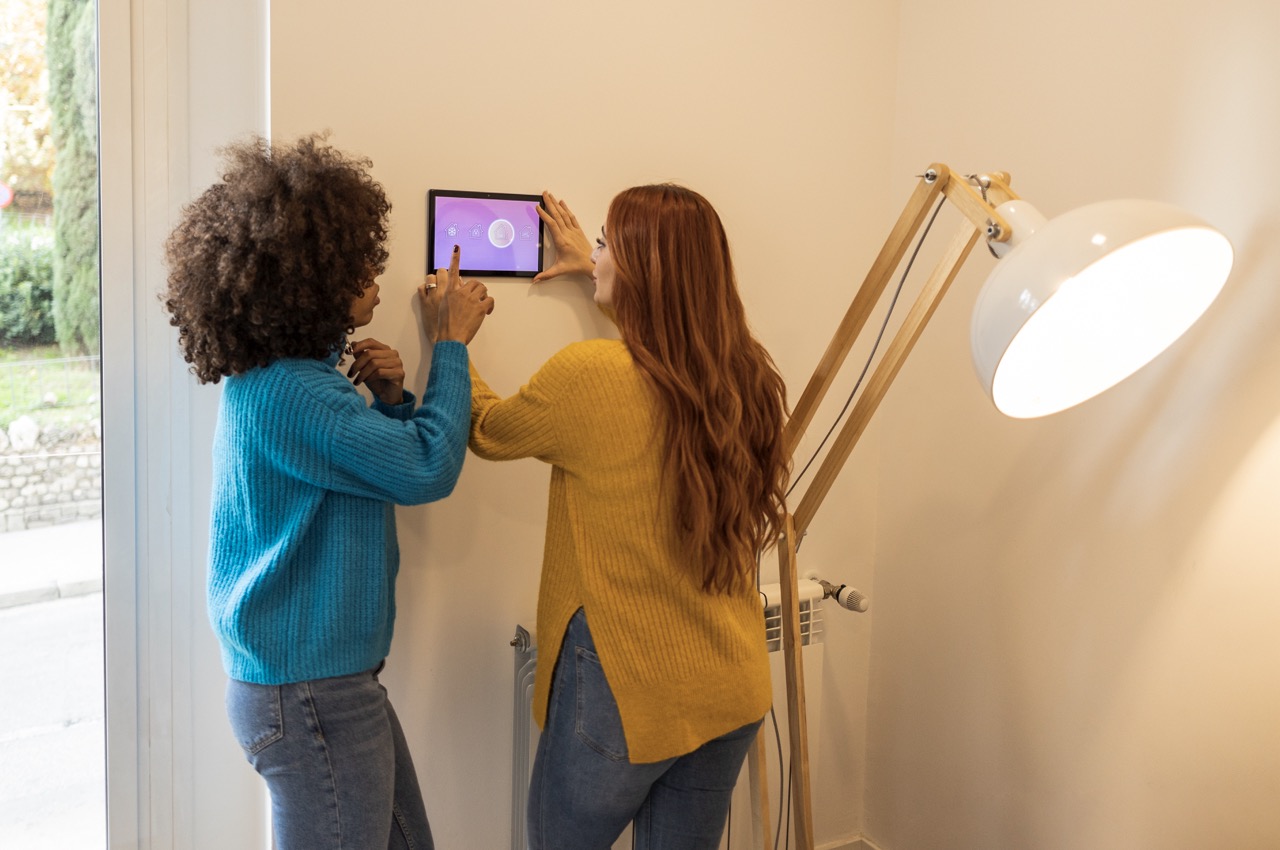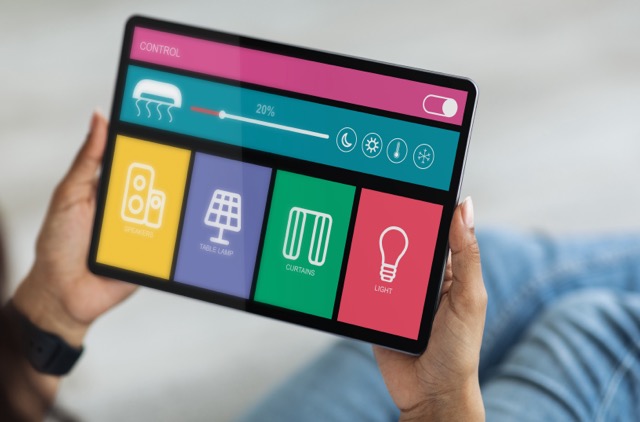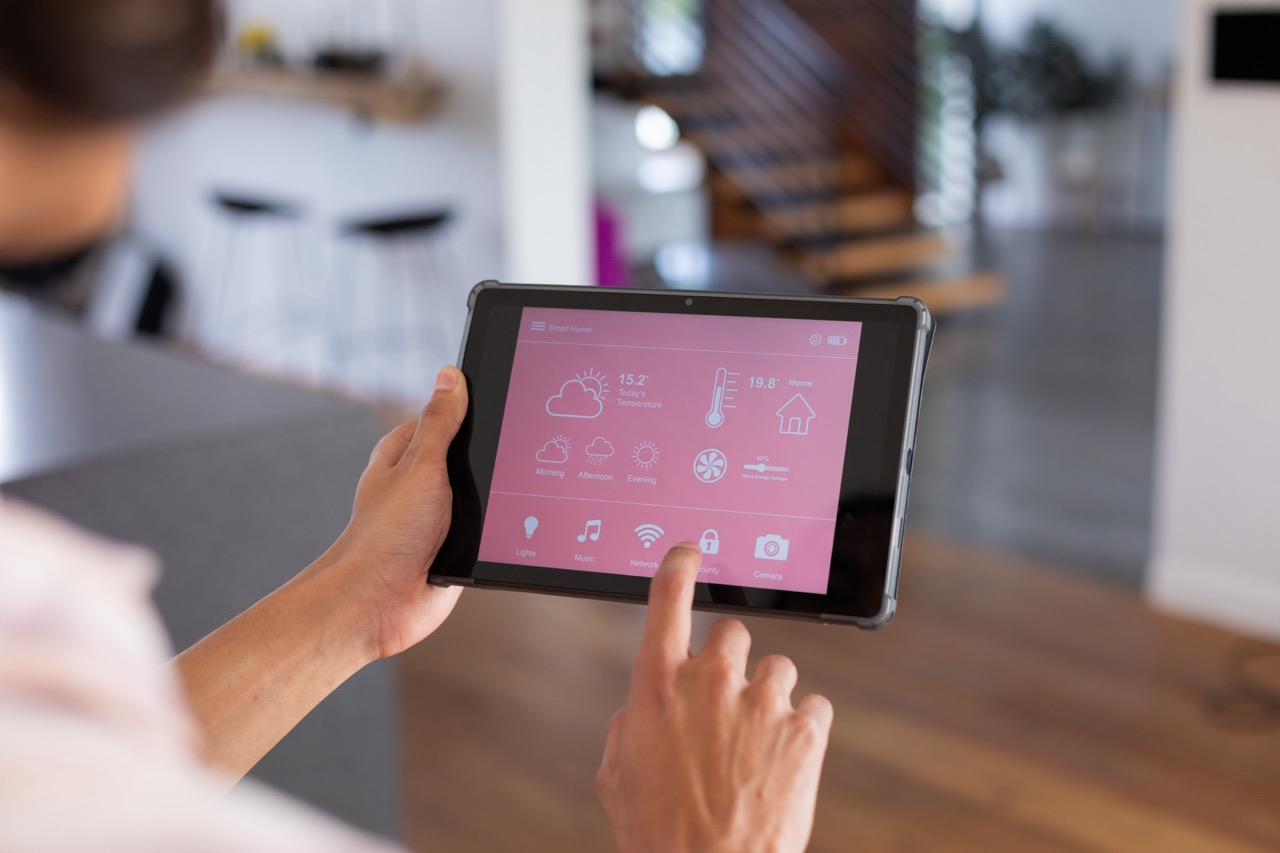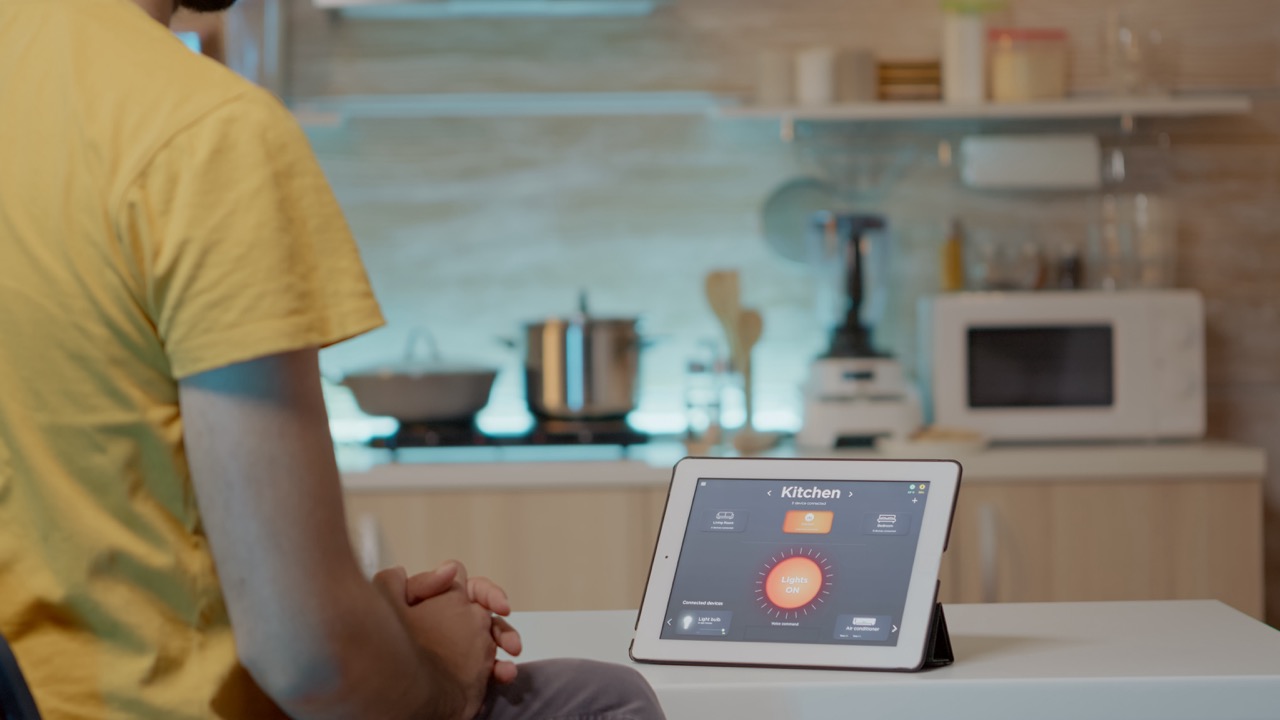In the ever-evolving world of smart home technology, SwitchBot stands out as a versatile tool designed to simplify daily tasks. When paired with smart sensors, the potential to enhance your home automation experience increases exponentially. This article will guide you through understanding the compatibility of SwitchBot with smart sensors, setting them up effectively, exploring real-world applications, and maximizing their efficiency for a seamless smart home experience.
Understanding SwitchBot and Its Smart Sensor Compatibility
SwitchBot is a clever device that allows you to automate physical switches and buttons in your home. With its unique robotic arm, it can press switches that are otherwise inaccessible or inconvenient to reach. The beauty of SwitchBot lies in its compatibility with various smart sensors, such as motion detectors, temperature sensors, and door/window sensors. These sensors can provide crucial data that informs the actions taken by the SwitchBot, enabling a more responsive and intelligent home environment.
When integrating SwitchBot with smart sensors, one of the key benefits is automation. For example, a motion sensor can trigger the SwitchBot to turn on lights or appliances when someone enters a room. This synergy not only enhances convenience but also contributes to energy efficiency by ensuring devices are only active when needed. Understanding the specific sensors that work well with SwitchBot is essential for creating a tailored smart home system that meets your needs.
Another important aspect to consider is the communication protocols. SwitchBot typically operates on Bluetooth, but it can also connect to Wi-Fi through the SwitchBot Hub. This flexibility allows for broader compatibility with a variety of smart sensors that may operate on different protocols, providing you with numerous options for integration. Familiarizing yourself with these compatibility aspects will empower you to make informed choices when selecting devices for your smart home setup.
Setting Up Your SwitchBot with Smart Sensors Step-by-Step
Setting up your SwitchBot with smart sensors is a straightforward process, starting with gathering all necessary devices. First, ensure you have the SwitchBot app downloaded on your smartphone, as it will serve as your control hub. Next, install the smart sensors in their desired locations, following the manufacturer’s instructions. Common placements include door frames for entry sensors and walls or ceilings for motion detectors.
Once your sensors are installed, open the SwitchBot app and connect your SwitchBot device. You will typically need to create an account if you don’t have one already. Follow the on-screen prompts to pair your SwitchBot with your smartphone via Bluetooth. After that, you can add your smart sensors to the app. This usually involves scanning for devices or entering a specific code, depending on the brand you’re using.
With both SwitchBot and smart sensors connected, you can now create automation routines. For example, set the motion sensor to trigger the SwitchBot to turn on a lamp when it detects movement. This can be done by navigating to the automation section within the app. By customizing these settings, you can create an environment that responds intelligently to your habits and preferences, making everyday life more convenient.
Real-World Use Cases for SwitchBot and Smart Sensors
The combination of SwitchBot and smart sensors opens up a world of possibilities for enhancing your home environment. One practical application is in managing lighting. For instance, you can set up a motion sensor in your hallway to trigger the SwitchBot to turn on lights automatically when someone walks by. This not only improves safety but also eliminates the hassle of fumbling for light switches in the dark.
Another robust application is in climate control. By integrating a temperature sensor with your SwitchBot, you can automate your air conditioning or heating system. For example, if the temperature rises above a set threshold, the sensor can send a signal to the SwitchBot, which then activates the air conditioning. This ensures your home remains comfortable without constant manual adjustments, ultimately leading to energy savings.
Security is yet another vital area where SwitchBot and smart sensors excel. By using door/window sensors, you can set up an automation that alerts you when a door is opened, triggering the SwitchBot to turn on indoor lights or send notifications to your smartphone. This layered approach to security can enhance your peace of mind, ensuring that you are always aware of activity in and around your home.
Maximizing Efficiency: Tips for Optimal Device Integration
To get the most out of your SwitchBot and smart sensors, consider starting small. Begin with one or two sensors and a SwitchBot device, and gradually expand your setup as you become more comfortable with the technology. This approach allows you to learn how to effectively utilize each component without feeling overwhelmed. As you experiment, you’ll discover which combinations work best for your lifestyle.
Another tip is to regularly update the firmware of both your SwitchBot and smart sensors. Manufacturers often release updates that can enhance performance, improve security, and add new features. Keeping your devices updated ensures you always benefit from the latest advancements in technology and security, leading to a more reliable smart home experience.
Lastly, consider utilizing geofencing capabilities if your smart sensors support it. Geofencing allows you to set specific actions based on your location. For instance, your smart sensors could notify the SwitchBot to turn off appliances when you leave the house, promoting energy efficiency and security. By leveraging these advanced features, you can create a highly efficient and responsive smart home that adapts to your lifestyle seamlessly.
Integrating SwitchBot with smart sensors can truly transform your home into an intelligent, responsive environment. From automating daily tasks to enhancing security and energy efficiency, the potential applications are vast. By understanding compatibility, following a systematic setup process, exploring real-world use cases, and maximizing efficiency through smart integration tips, you can elevate your smart home experience. Embrace the future of technology and enjoy the convenience that comes with a well-connected home.






